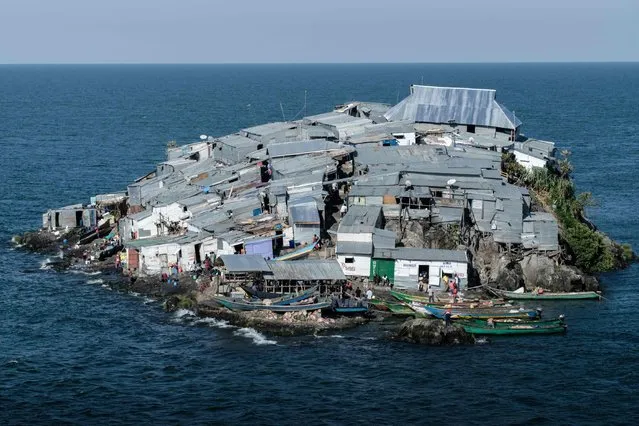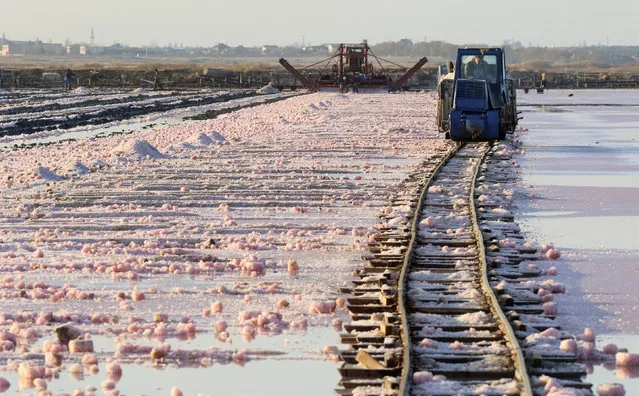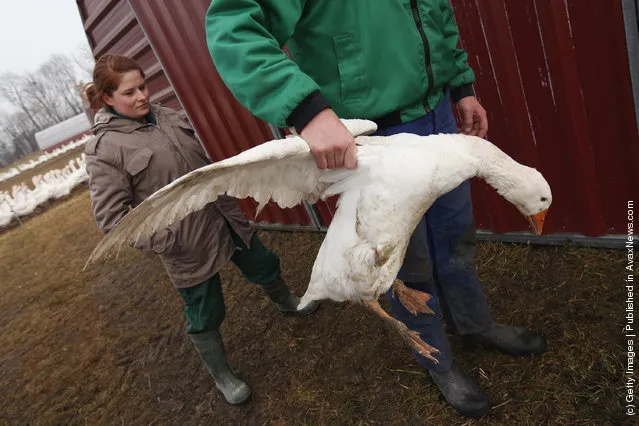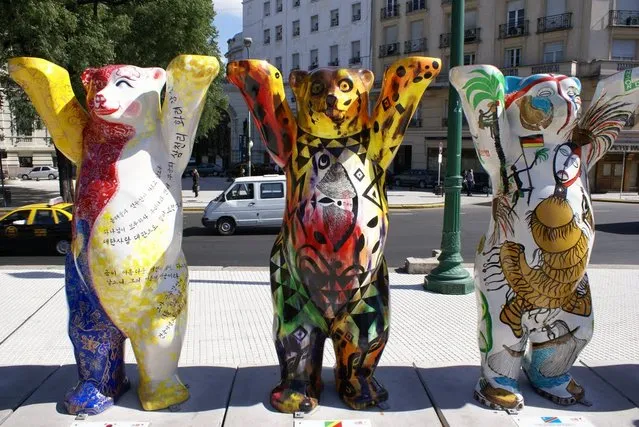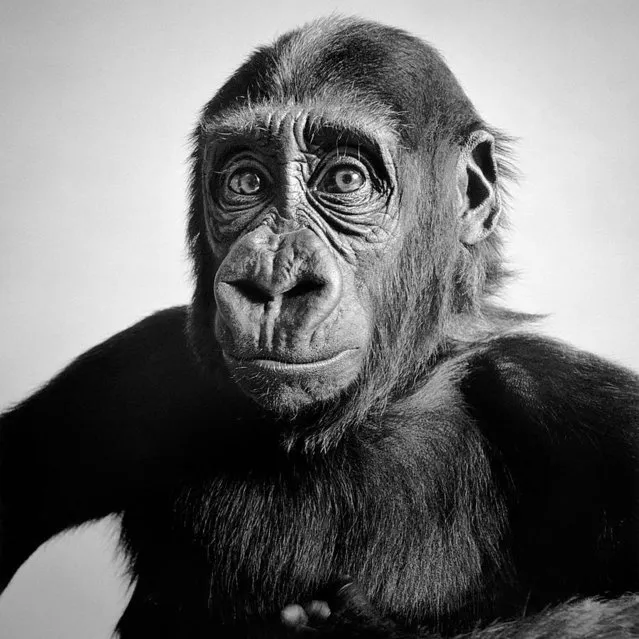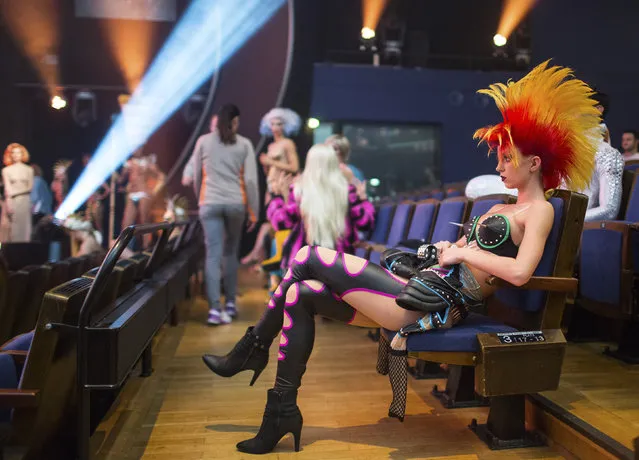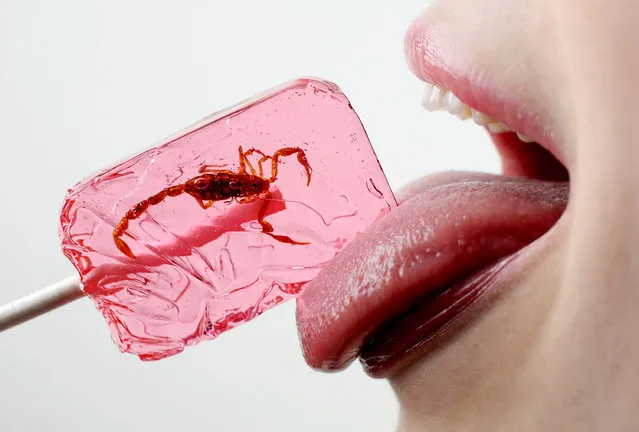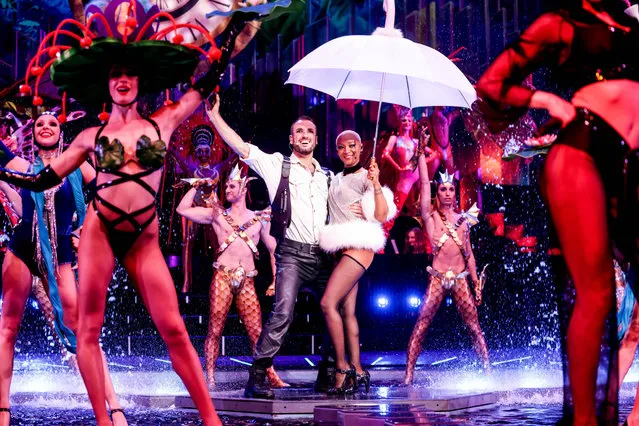
Actors and dancers perform during the press rehearsal for the “ARISE Grand Show” at the Friedrichstadt-Palast theater in Berlin, Germany, 15 September 2021. Premiere of the show is scheduled for 16 September and will amaze vistors with “extravagant costumes, breathtaking stage sets and artistic excellence” until February 2022 as the theater promises on its website. (Photo by Filip Singer/EPA/EFE)
16 Sep 2021 09:03:00,post received
0 comments

